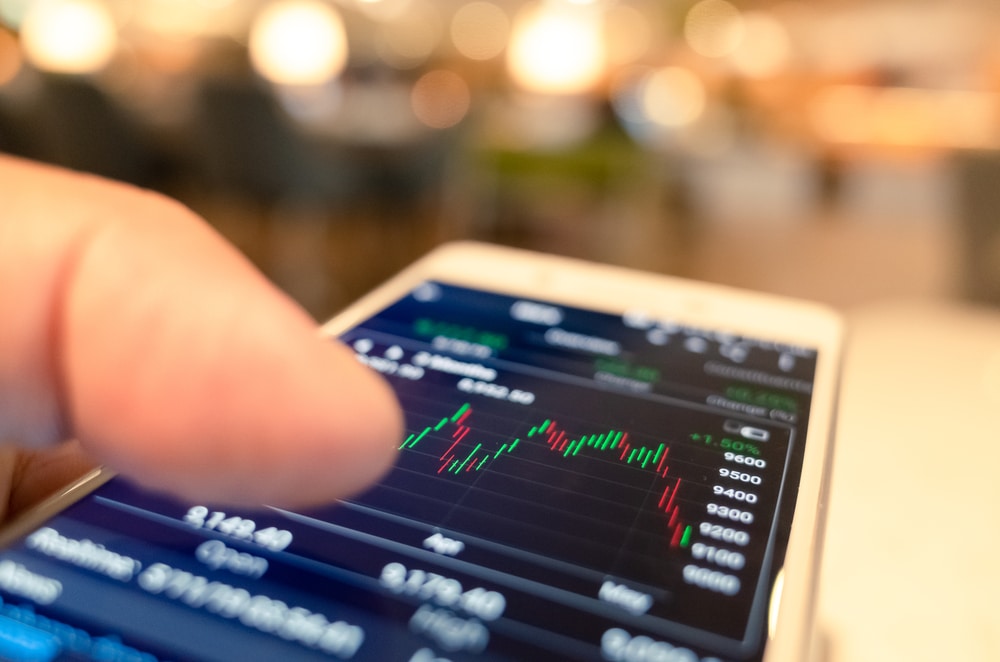
What are some of the main tools we need in forex trading? This article will cover a list of these along with their functions and where to find them.
The Founding Father of the United States, Benjamin Franklin, once said, “The best investment is in the tools of one’s own trade.” Aside from skill, knowledge, and experience, what separates professionals from amateurs is the tools they use.
For instance, tools like journals are relatively under-utilized by an overwhelming majority, yet they are one of the most important. Trading is like a business that needs to employ certain devices to perform a host of defined activities.
While, of course, no article can cover every tool used by all forex traders. Hence, this one will provide only the most important employed by professionals, along with their purposes and methods of acquiring them.
Trading platform
One of the most crucial tools in any trader’s toolbox is the charting software, as it provides the avenue for executing positions and analyzing charts. Fortunately, like most products, there’s a sea of platforms available at our disposal.
Popular names in currency trading include MetaTrader 4 (the most widely used), MetaTrader 5, cTrader, Sirius, eSignal, NinjaTrader, ProRealTime, TradingView, and the list goes on.
Each of these varies widely in user-friendliness, advanced features, and device availability. Most traders still prefer and use MT4 for its simplicity, but this software pales in sophistication.
It does matter a great deal which platform you use because each has unique and effective indicators and features. Hence, a trader will spend considerable time understanding the software and may even use a few more options for years until they find the perfect fit based on their preferences, needs, and goals.
Regardless, a trader needs to have complete mastery of the charting software being used from execution to analysis to make their decision-making easier. Lastly, the cost is something else to consider.
Fortunately, most platforms are free to use with an account from a broker, while others like NinjaTrader and ProRealTime come with a fee.
Trading calculators
Fortunately, trading calculators are nowhere near as scientific as those used in school. Yet, they are still essential, particularly for quantifying monetary risk in the markets.
We use various free online calculators in forex, but the most relevant are those applied for calculating our position size, margin, pips, and swaps (for traders holding their positions overnight).
- Position size calculator: This is easily the most important as it provides traders the correct lot size to implement for all their trades based on their account size, risk percentage, pair, and stop loss distance.
Such a calculation is necessary for quantifying the monetary value of a position based on your stop loss, something traders should use before any trade and never ignore or manually calculate.
- Margin calculator: Using this tool allows you to see how much money you need to open a trade on a particular pair based on the lot size. This calculator is somewhat less significant than the position size but still meaningful nonetheless.
- Swap calculator: Knowing how much swap a trader will be credited with or pay is imperative if one holds their positions overnight. Unfortunately, not all brokers have their dedicated calculators to return this amount, but it’s valuable to observe if they do.
Alternatively, you would need to take a few positions on a demo account and see how much the swaps are there.
- Pip calculator: This calculator assigns a monetary value for each pip of a specific pair. For instance, a trader may want to know how much 50 pips is worth on EURUSD before opening a position. A pip calculator can provide information beforehand, as you can only see the value after an executed trade.
Trading journal
A journal in trading is a record-keeping system acting as a database for all your positions. The information contained in a journal should include (but not limited to) the following:
- Date and time of when a trade was executed and closed
- The traded market for each position
- Whether this trade was a buy or sell order
- The lot size used for that position
- All entry parameters of the position, i.e., entry price, stop loss, and exit price
- The trade outcome (win or loss) and how much profit was made or lost
A journal doesn’t just act as a method of keeping records. Traders use them to maintain consistency and discipline in their trading, ensure they’ve followed their rules, and gain an overview of their long-term performance.
An excellent journal can highlight some errors that you won’t commit in the future and even reveal undiscovered patterns on how and when you enter positions, which could significantly influence your future results. Overall, the benefits are plentiful with journaling.
Although traders can create their own journals using something like Excel, it’s far more effective to consider investing in professional software like Edgewonk, Tradervue, TraderSync, etc.
Not only do these platforms function far better than manually-created journals, but they also provide incredible analytics or statistics you wouldn’t find on other free tools like FX Blue and Myfxbook, making this activity quite versatile.
Economic calendar
Even if you don’t follow financial news or trade fundamentals, an economic calendar comes in handy nonetheless. Active traders should consult this calendar regularly to alert themselves of any high-impact events that can affect the markets.
Speculators who trade particular news releases (like interest rates, GDP, CPI, job numbers, etc.) to profit from the big movements also need a calendar for timing their entries and knowing how to react based on whether the results are positive or negative.
Economic calendars are a free resource available from FX Street, Investing.com, Myfxbook, and many more sites. Generally, the significance of an economic calendar is reduced with long-term investors, but it’s the opposite for scalpers and day traders.
Final word
Hopefully, this article serves as a helpful and relevant guide in understanding what’s inside a professional forex trader’s toolbox to enhance your trading experience and give you the best chance of success.
Below is a summary of the main tools discussed in this article, along with their main uses.
| TOOL | MAIN USES |
| Trading platform | Essential for executing and managing your trades, chart analysis, general market browsing, price alerts, and other tasks |
| Calculators (position size, margin, swaps, and pips) | Used for calculating your lot size, margin, swaps, and pips on defined individual pairs |
| Trading journal | Provides a detailed log of a trader’s positions to help with record-keeping, consistency, discipline, filtering out mistakes, and overall performance improvement |
| Economic calendar | Looking at upcoming news events before entering a position, which is particularly important for short-term traders |








Leave a Reply